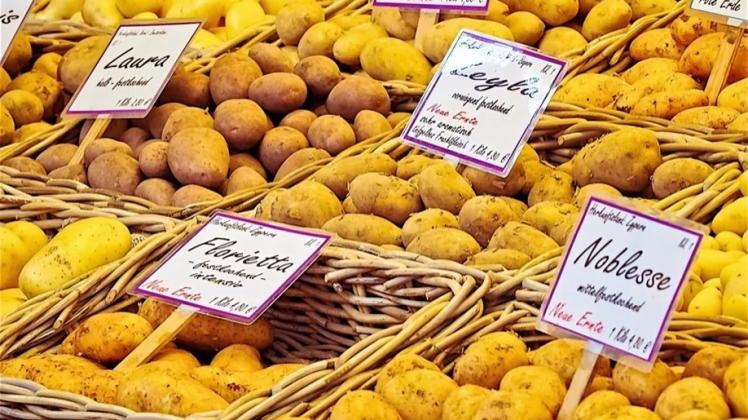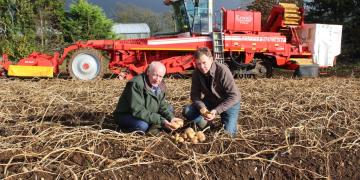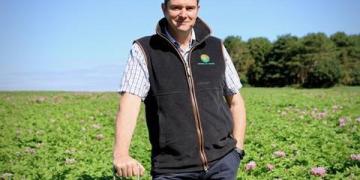France: "In this laboratory we make the potato of the future"
In Laurière, nestled in lush vegetation two kilometers from the village, is a cutting-edge research center consisting of a laboratory authorized by the Ministry of Agriculture.

Inside, potato varieties of the future are developed and their diseases are researched. Here, the isolation in nature is beneficial.
"We have a terroir that allows us to produce plants thanks to the altitude and the isolation of the major production and consumption regions, where we don’t encounter the multitude of parasites that surround us," emphasizes Jean-François Philippe, president of the Union of Potato Plant Producers of Marche-Limousin.
Philippe Laty, Director General of GROCEP and the Centre-South Committee, adds: "This is very important for a potato producer and for us, especially during the season, because we need to maintain a health status that complies with regulations."
The potatoes of tomorrow
Founded in 1978 by the Potato Seed Producers Association, this is one of three places in France where we invent what will be on your plates tomorrow.
This is where we will create the varieties for the next twenty, even thirty years.
In the laboratory’s greenhouse, there’s a bit of magic and a lot of genetics. Using hand tools, employees artificially fertilize potato flowers to create crosses—but not just any crosses. "For example, if we have a variety sensitive to mildew, we look for a resistant variety and cross them. Our goal is to obtain varieties that have inherited the resistance in their offspring," explains Caroline Viguié, engineer and head of varietal creation at GROCEP.
These fruits will produce seeds. Thousands of them will be placed in tubes and then sown in another greenhouse. "Every year, we end up with 40,000 pots. This is the first year of variety creation, so among these 40,000, there should be one or two that will become commercial varieties in 15 years," he adds.
Maximize healthy production
The journey is far from over. We also need to determine if each of these plants is free of diseases and other parasites. The second part takes place in the laboratory. Flore Madruga, laboratory manager at the Central and Southern Committee, is in charge of the next phase: "Right now, I’m crushing the leaves of the potato plants to obtain juice for our virus analysis."
In some samples, the devices reveal the presence of diseases. "For example, on one of the plates, we can see two viruses, which will appear red," he notes. Therefore, some plants must be removed to ensure disease-free production.
Cultivating food autonomy
Cheyenne, Dalida, Duchesse, Bintje ... dozens of varieties have been invented on this site. In Laurière, GROCEP supplies all the producers in the Midwest region. Producing locally is important for maintaining productive autonomy.
Having our own varieties, selected in our region, is essential to avoid relying exclusively on foreign breeders, Dutch or otherwise.
A GROCEP experimental field was planted in April. The tubers growing underneath will wait at least another year before reaching seed producers. "These plants are not edible; they are first-generation seeds, so we have the opportunity to multiply this material for nine consecutive years," explains Philippe Laty.
The Central and Southern Committee, based in the city, manages 100 producers. They grow 150,000 plants a year. The process requires patience, and only after this long journey will these potato plants reach the farmers’ homes and nurseries.
Fuente: france3-regions.franceinfo.fr




